Pleased to share Ho Tzu Nyen: Time & the Tiger at Hessel Art Museum, which marks the first in-depth examination of the artist’s multifaceted practice in the United States. Widely considered one of the most innovative artists to emerge internationally in the past 20 years, Ho creates complex and compelling video installations that probe reality, history, and fiction rooted in the culture of Southeast Asia. Time & the Tiger features five immersive multimedia installations spanning two decades that draw from historical events, documentary footage, art history, music videos, and mythical stories to investigate the construction of history, the narrative of myths, and the plurality of identities.
Ho works across a variety of media, including film, video, installation, painting, writing, and performance to critically examine how histories—be they state, cultural, or personal—are continually imagined, negotiated, and performed. Commenting on the cross-culturalism of Southeast Asia, Ho invokes and unravels a vast range of subjects, from pre-colonial and colonial myths, to European Renaissance paintings, to modernist narratives and geopolitics, to cinematic representations of a hybridized and unstable present.
The exhibition opens with Utama – Every Name in History is I (2003), a single-channel video exploring the “double founding” of Singapore, first in 1299 by Sang Nila Utama, said to be descended from Alexander the Great, and again in 1819 by British colonizer Sir Thomas Stamford Raffles. Drawing parallels between these founding narratives and other case studies, the video weaves in the stories of Christopher Columbus, Vasco da Gama, and Zheng He.
A centerpiece of the exhibition is the large-scale installation One or Several Tigers (2017), a signature work in Ho’s oeuvre. Blending the techniques of shadow puppetry and digital animation and, drawing on more than a decade of historical research, the work centers around a lithograph entitled Interrupted Road Surveying in Singapore (c. 1865-85) by German illustrator Heinrich Leutemann. This print depicts Irishman George Drumgoole Coleman, who is credited with designing and constructing modern-day Singapore, encountering a tiger while conducting surveying work in the jungle with a group of prisoners. In Ho’s imaginative restaging, the tiger represents the colonial imaginary, with the workers clearing the jungle to make way for what is today a hub of global capitalism and, as the artist references, a so-called “Asian Tiger” state.
Marking its U.S. debut are the new works T for Time and T for Time: Timepieces (both 2023–ongoing), co- commissioned by Singapore Art Museum and Art Sonje Center with M+, in collaboration with Museum of Contemporary Art Tokyo and Sharjah Art Foundation. These video installations draw from the many traditions and histories of time and timekeeping across Asia. Representing a summation of Ho’s previous work exploring the heterogeneity of Southeast Asia, T for Time and T for Time: Timepieces reflect on our contemporary experience of time as stemming from European notions of linear progression, regulated by the Gregorian calendar and networked by computers. In it, Ho asks whether we can recover the different experiences of time that were evident in Southeast Asia before Western influence.
Other works on view include The Nameless and The Name (both 2015), which extends Ho’s inquiries into the pluralism of identities as they relate to Southeast Asia, in this case the story of the triple agent, Lai Teck, the Secretary-General of the Malayan Communist Party from 1939 to 1947. The region’s histories and tropes are further explored in CDOSEA (2017–ongoing), part of a larger, ongoing project entitled The Critical Dictionary of Southeast Asia. In CDOSEA, Ho amasses a rolling database of sounds and images—organized around the 26 letters of the English alphabet—that, together, speak to the complexities inherent in Southeast Asia. This seemingly disparate information is processed through an algorithm in which video, music, and narration loop in endless variation, constantly reconstructing the piece anew. F for Fold (2021), an expandable dictionary created by the artist, serves as a reference for the terms described in the video.
— Courtesy of Hessel Art Museum.
Time & the Tiger Ho Tzu Nyen
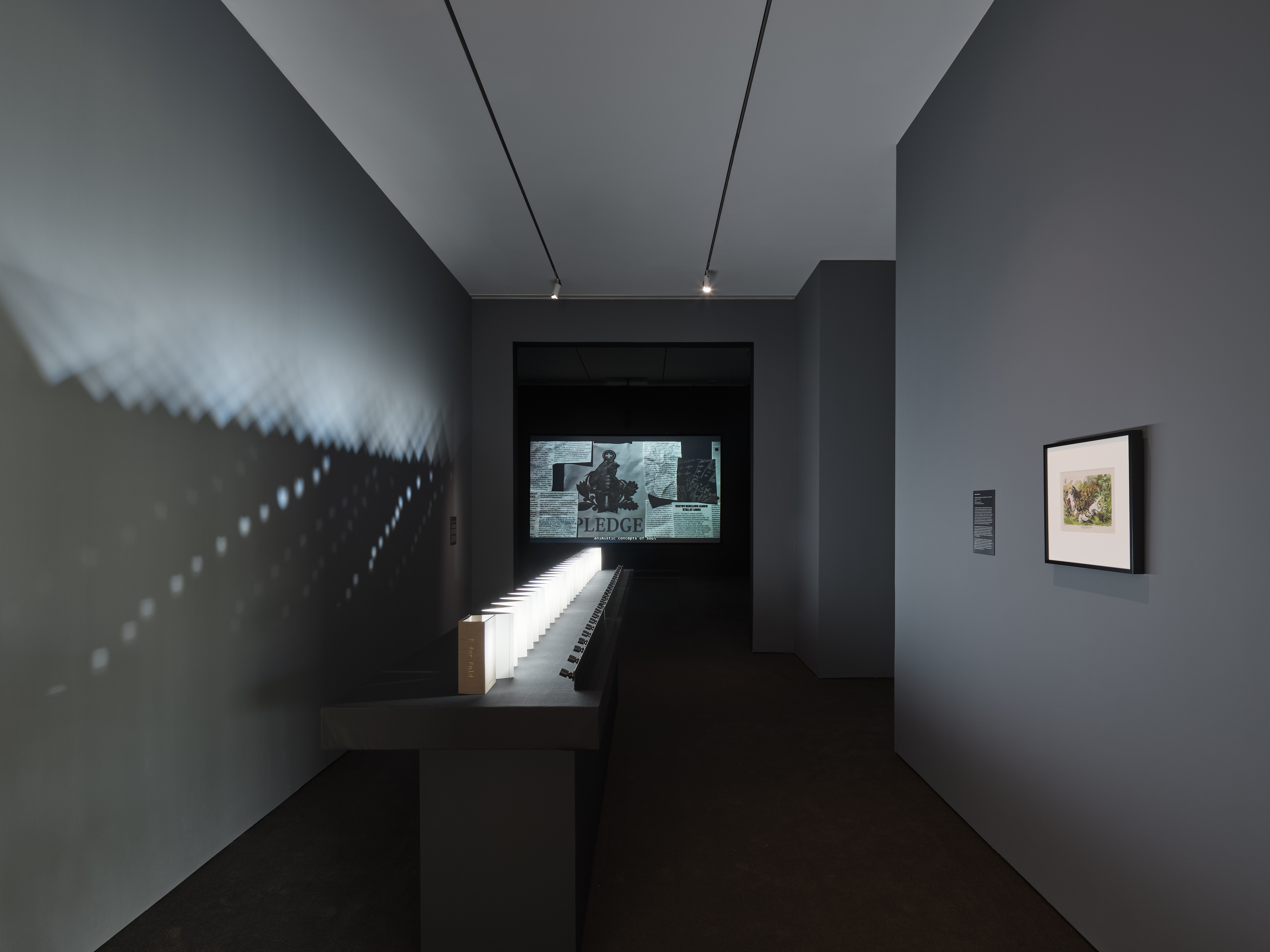
Courtesy of the artist and Center for Curatorial Studies, Bard College.
Photo credit: Olympia Shannon, 2024.
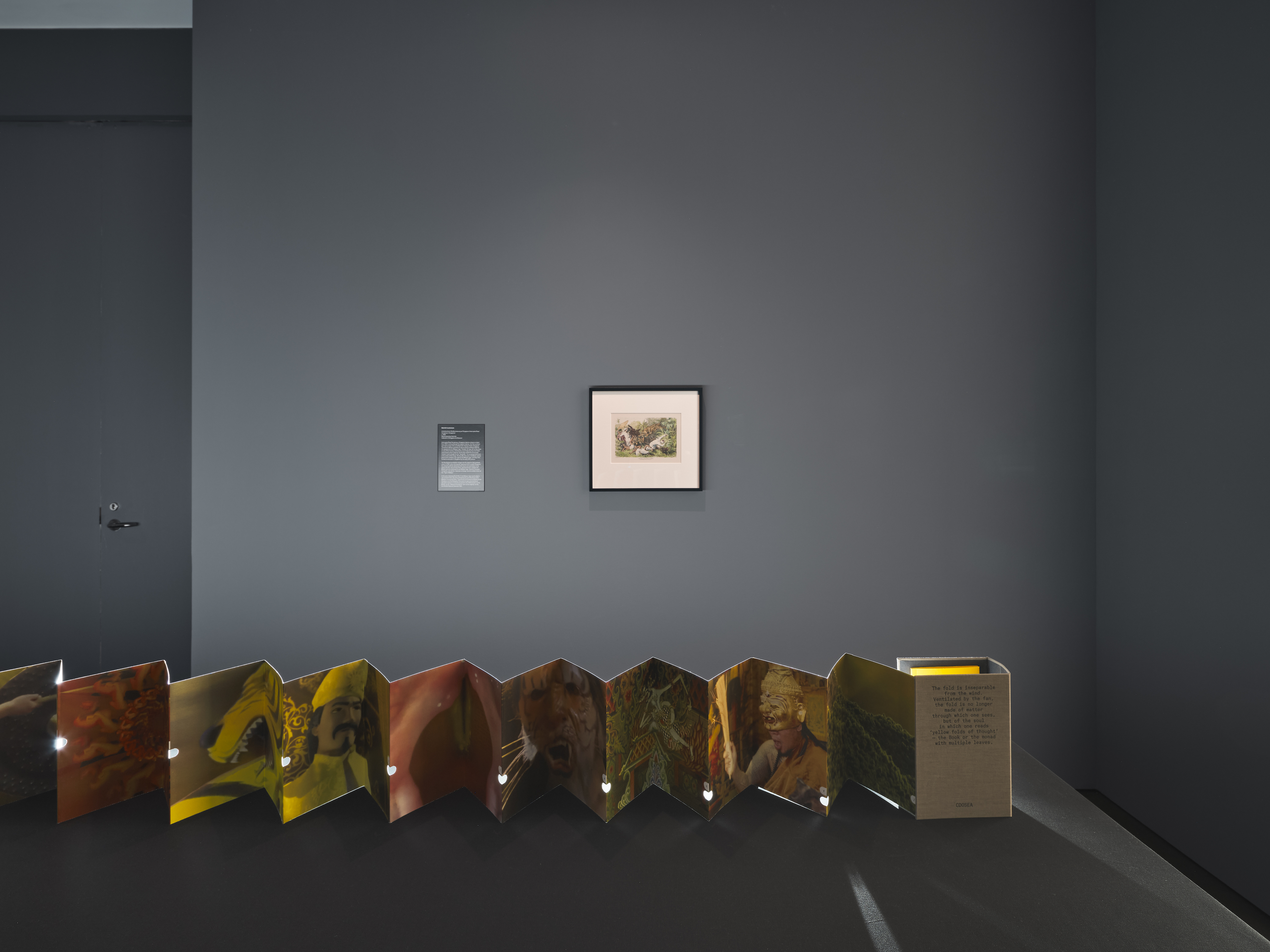
Courtesy of the artist and Center for Curatorial Studies, Bard College.
Photo credit: Olympia Shannon, 2024.
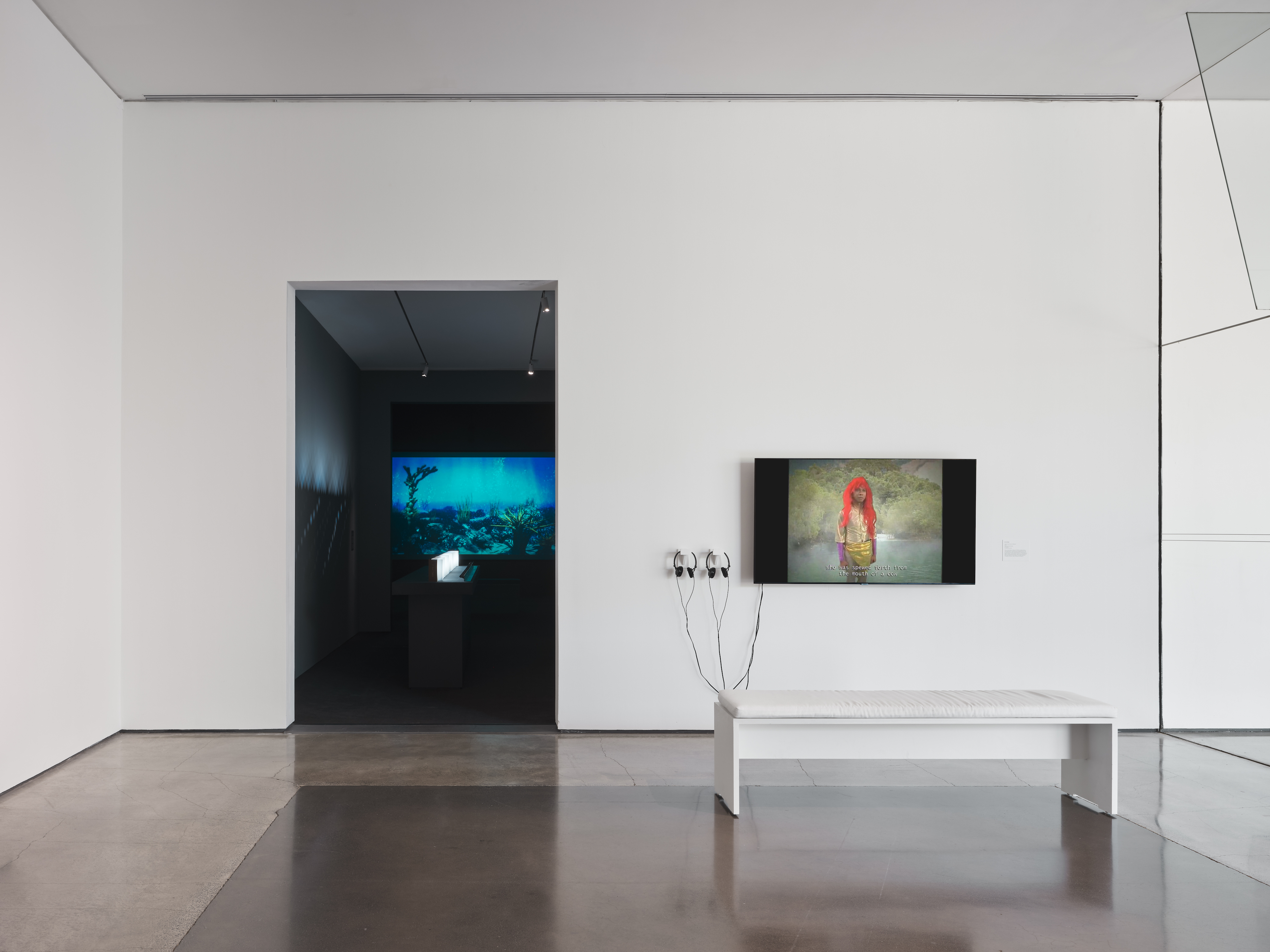
Courtesy of the artist and Center for Curatorial Studies, Bard College.
Photo credit: Olympia Shannon, 2024.
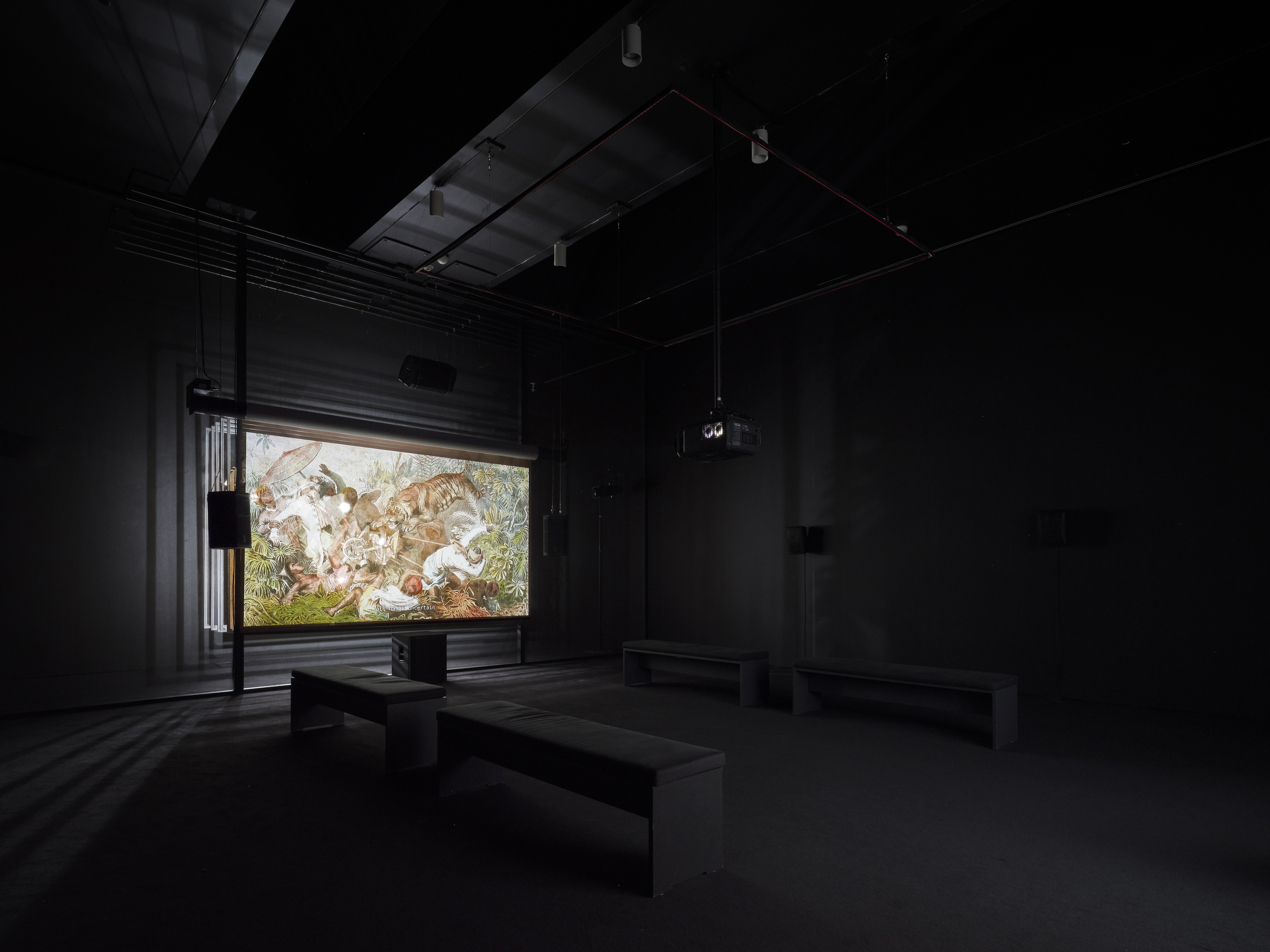
Video installation: 2-channel HD projection (16:9, synchronized, color), 12-channel sound
33ʼ 33”
Courtesy of the artist and Center for Curatorial Studies, Bard College.
Photo credit: Olympia Shannon, 2024.
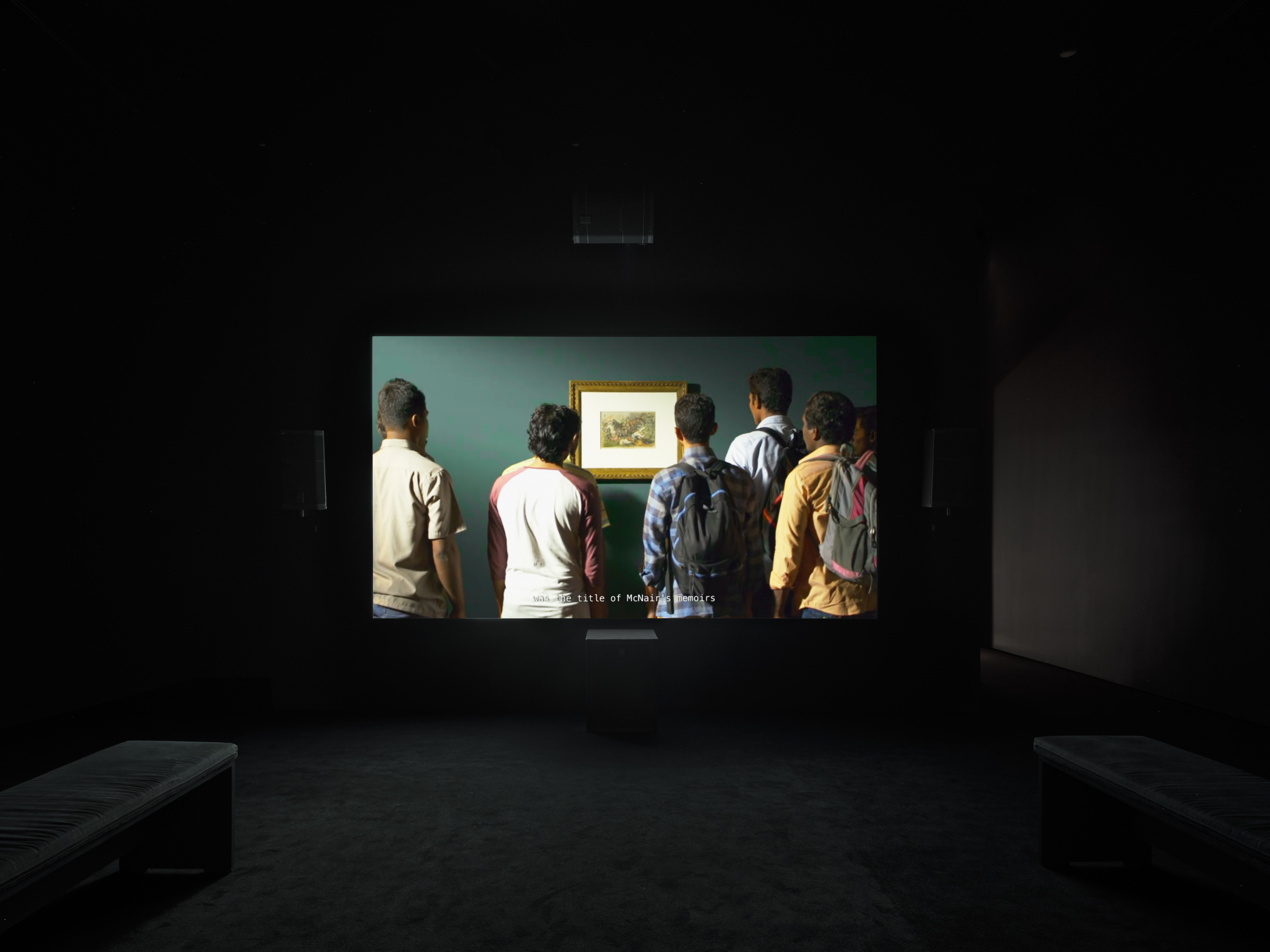
Video installation: 2-channel HD projection (16:9, synchronized, color), 12-channel sound
33ʼ 33”
Courtesy of the artist and Center for Curatorial Studies, Bard College.
Photo credit: Olympia Shannon, 2024.
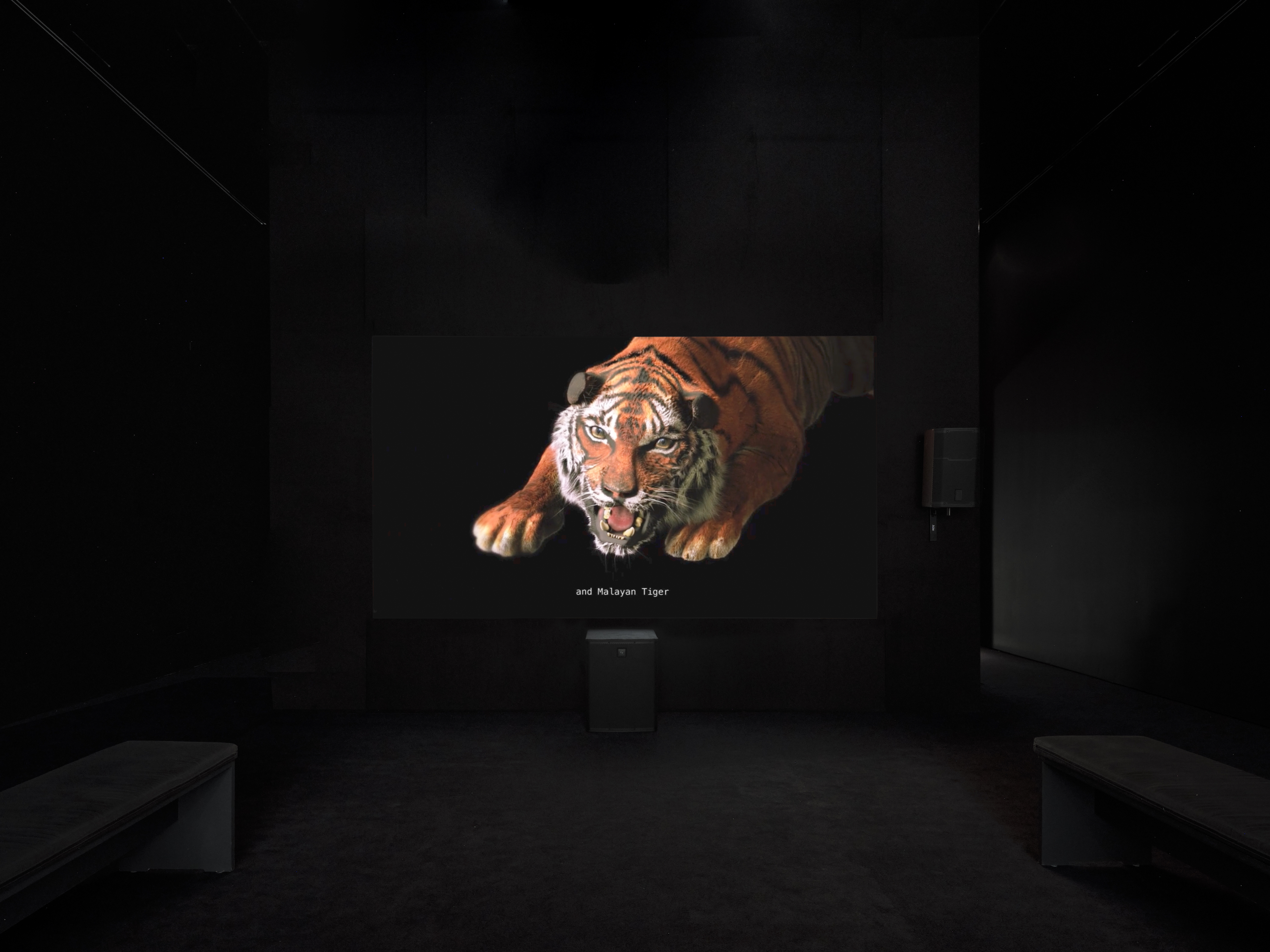
Video installation: 2-channel HD projection (16:9, synchronized, color), 12-channel sound
33ʼ 33”
Courtesy of the artist and Center for Curatorial Studies, Bard College.
Photo credit: Olympia Shannon, 2024.

2-channel synchronized HD videos (colour, and eight-channel sound, approximately 60 min), voile screen, scrim walls, real-time algorithmic editing and compositing.
Courtesy of the artist and Center for Curatorial Studies, Bard College.
Photo credit: Olympia Shannon, 2024.
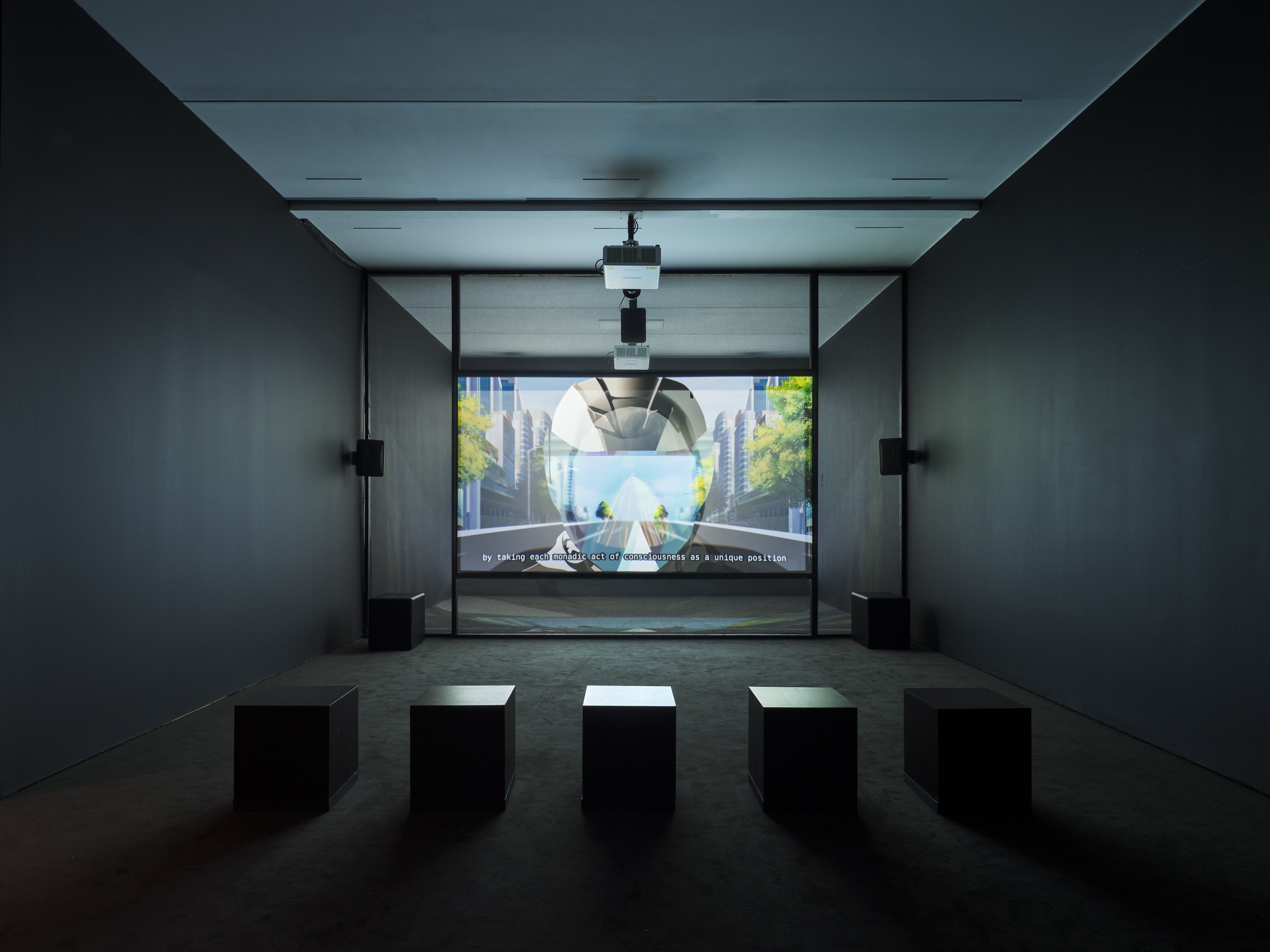
2-channel synchronized HD videos (colour, and eight-channel sound, approximately 60 min), voile screen, scrim walls, real-time algorithmic editing and compositing.
Courtesy of the artist and Center for Curatorial Studies, Bard College.
Photo credit: Olympia Shannon, 2024.
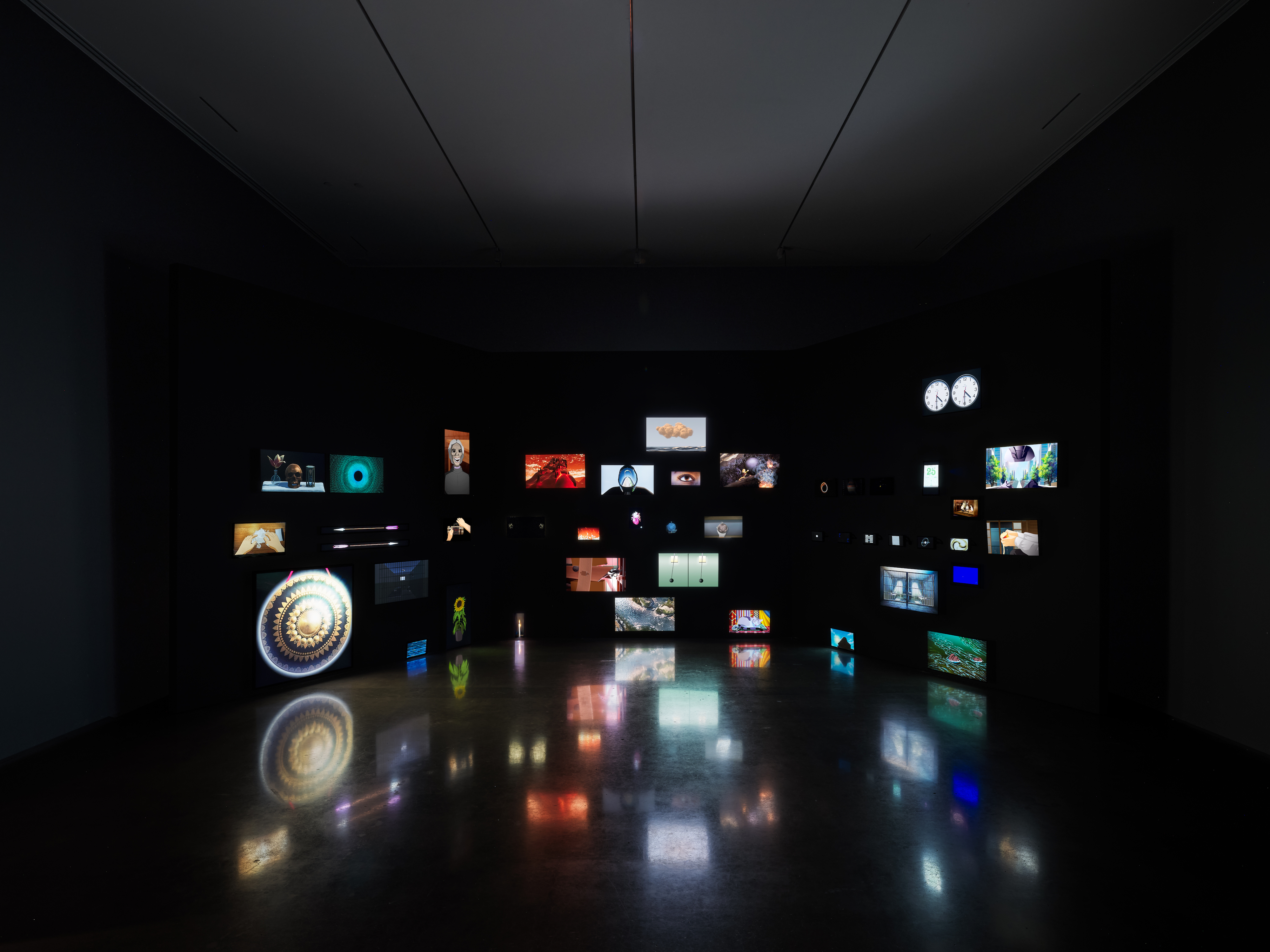
43 flatscreens (various dimensions), apps and videos, various durations (1 seconds to infinite).
Courtesy of the artist and Center for Curatorial Studies, Bard College.
Photo credit: Olympia Shannon, 2024.
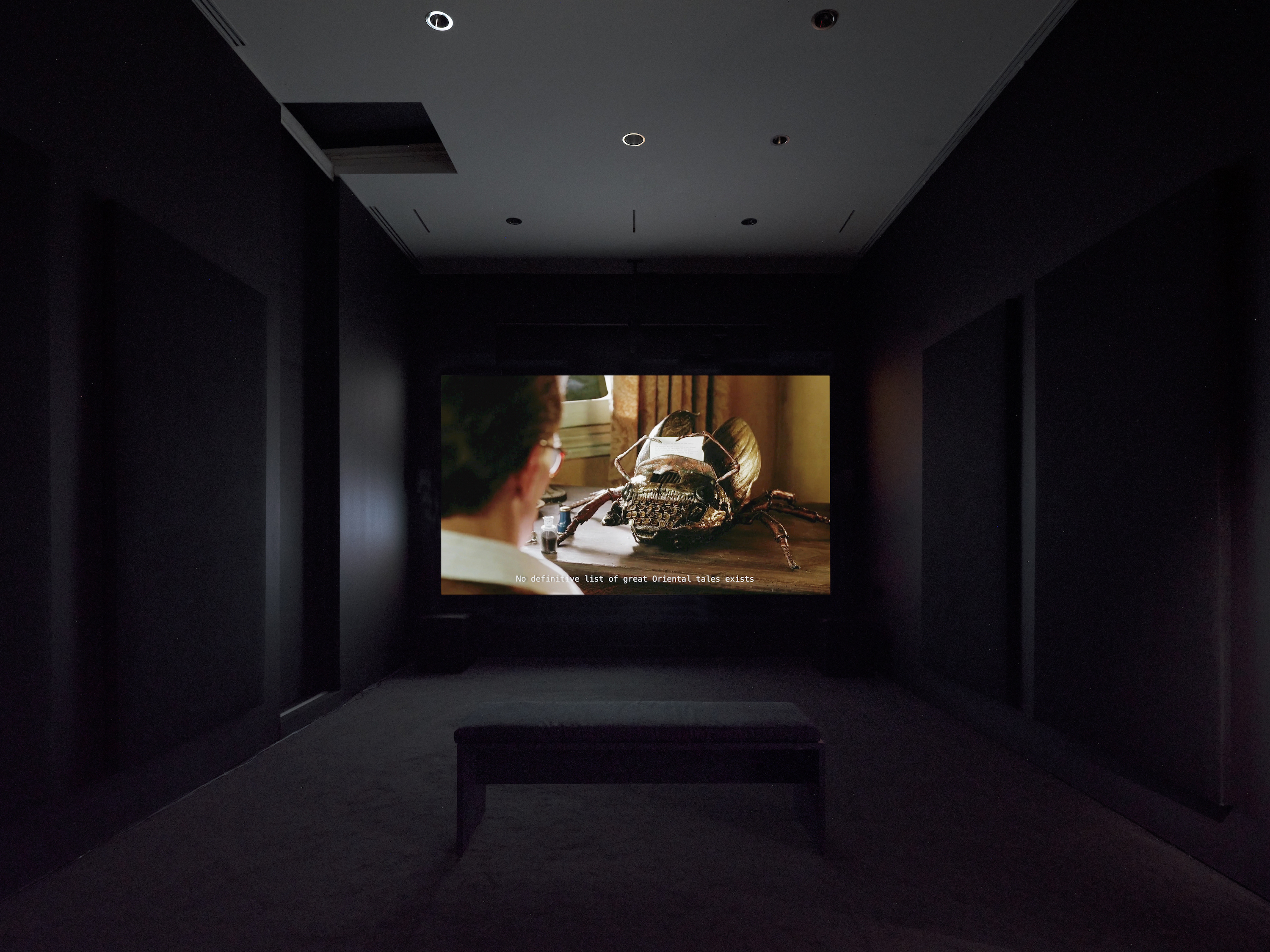
Video installation: 2-channel HD projection (16:9, synchronized, color), 12-channel sound
16ʼ 51”
Courtesy of the artist and Center for Curatorial Studies, Bard College.
Photo credit: Olympia Shannon, 2024.
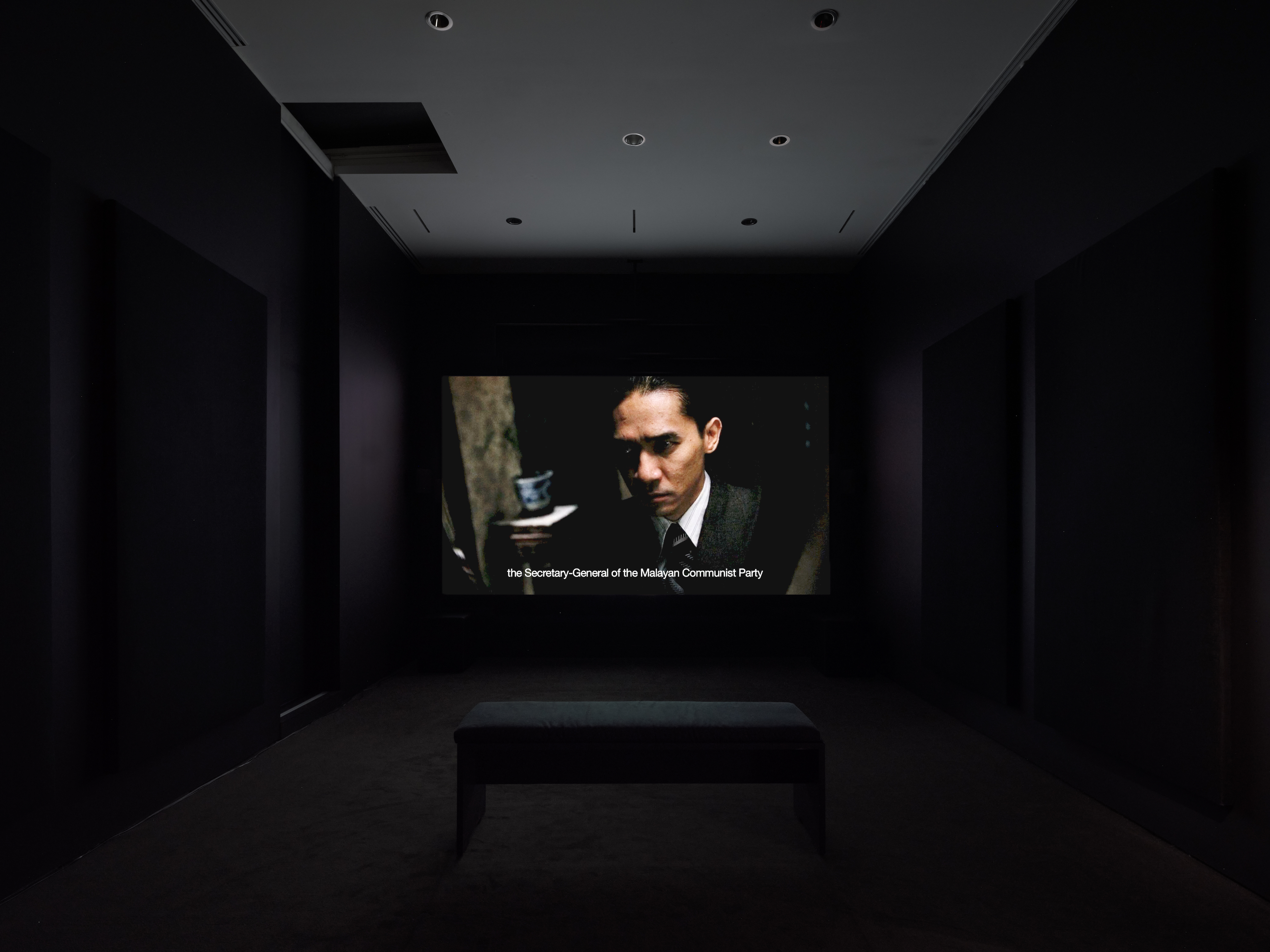
Video installation: 2-channel HD projection (16:9, synchronized, color), 12-channel sound
21ʼ 15”
Courtesy of the artist and Center for Curatorial Studies, Bard College.
Photo credit: Olympia Shannon, 2024.
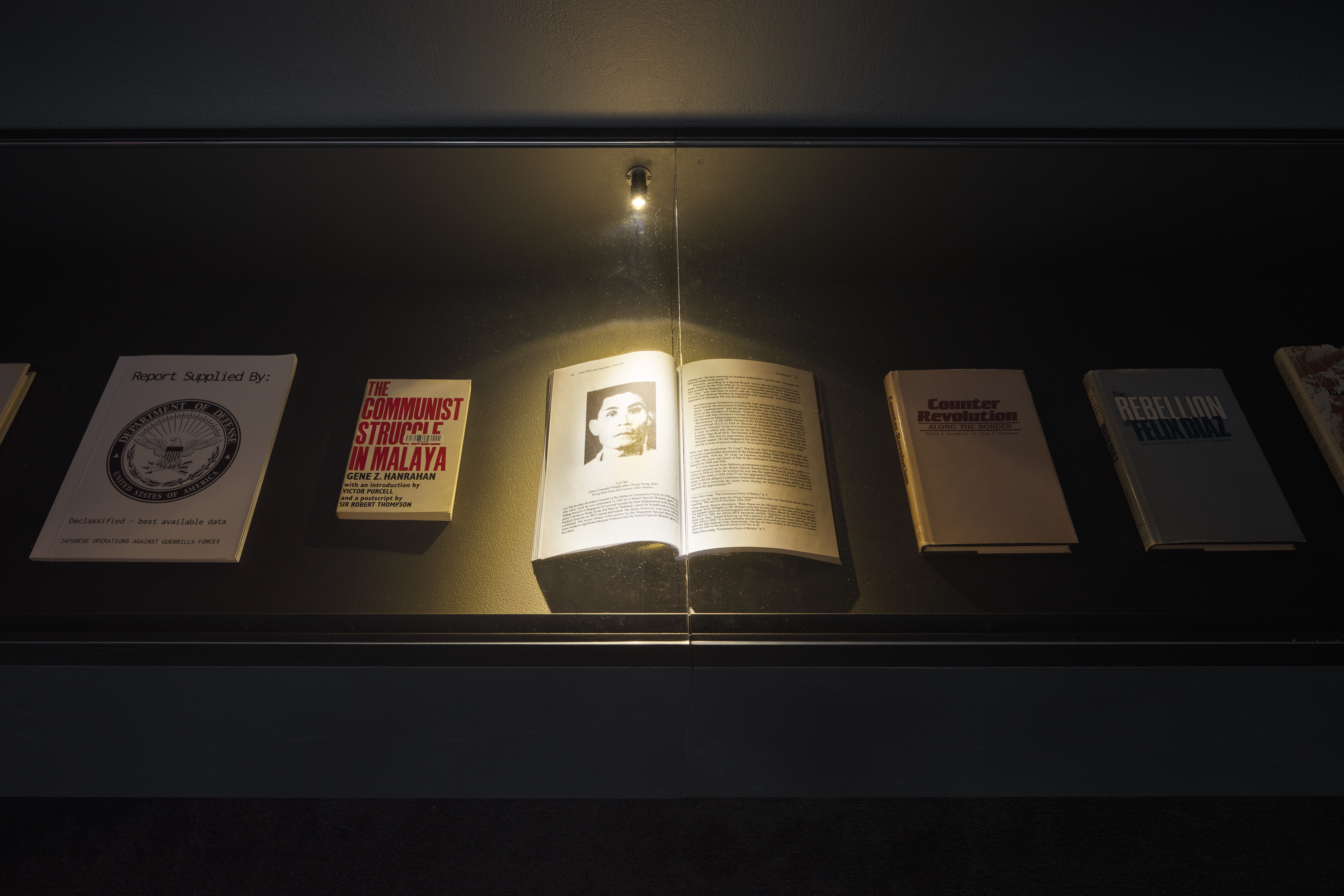
Courtesy of the artist and Center for Curatorial Studies, Bard College.
Photo credit: Olympia Shannon, 2024.
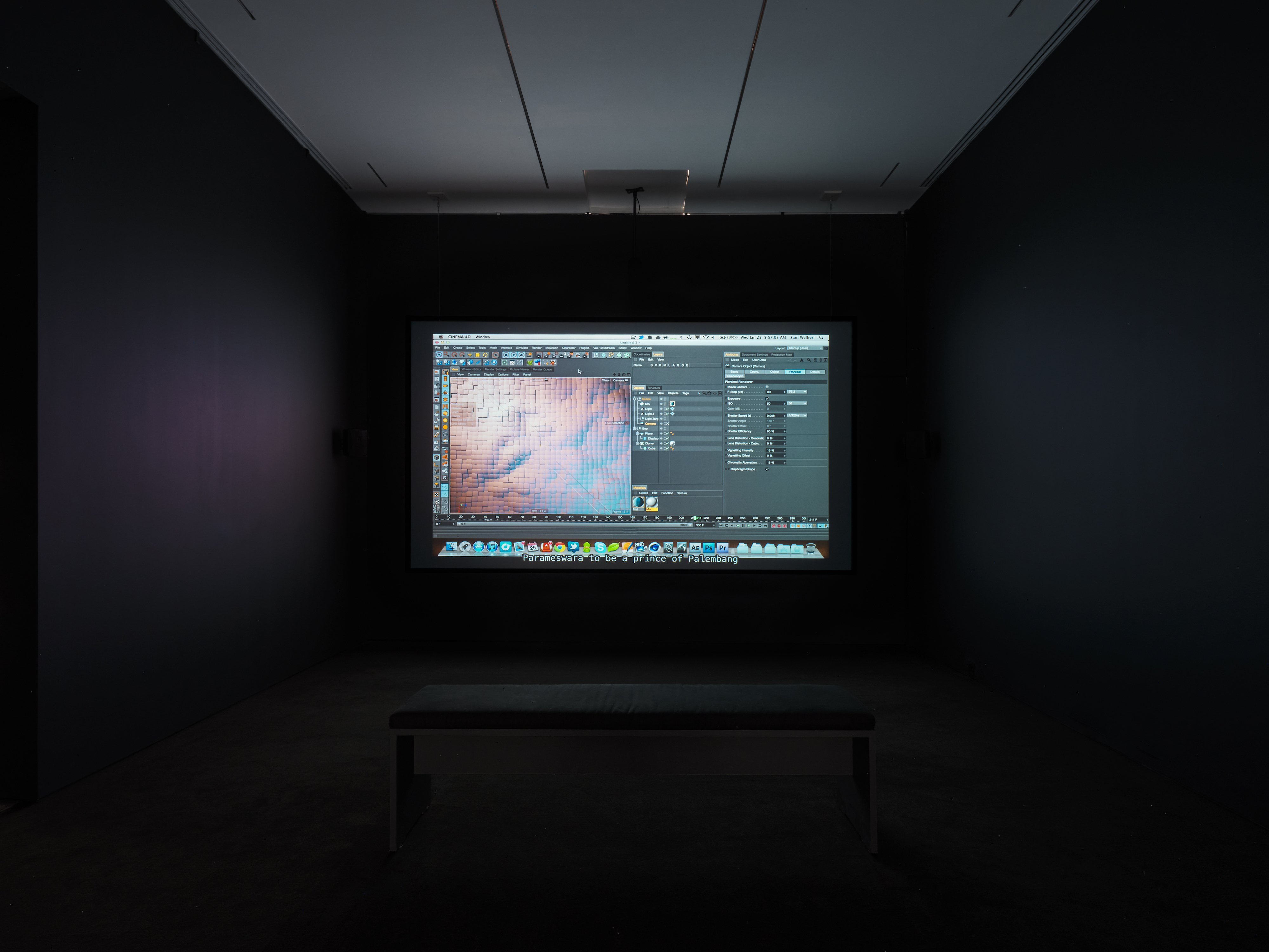
Single channel, algorithmically composed video
Infinite loop
Courtesy of the artist and Center for Curatorial Studies, Bard College.
Photo credit: Olympia Shannon, 2024.
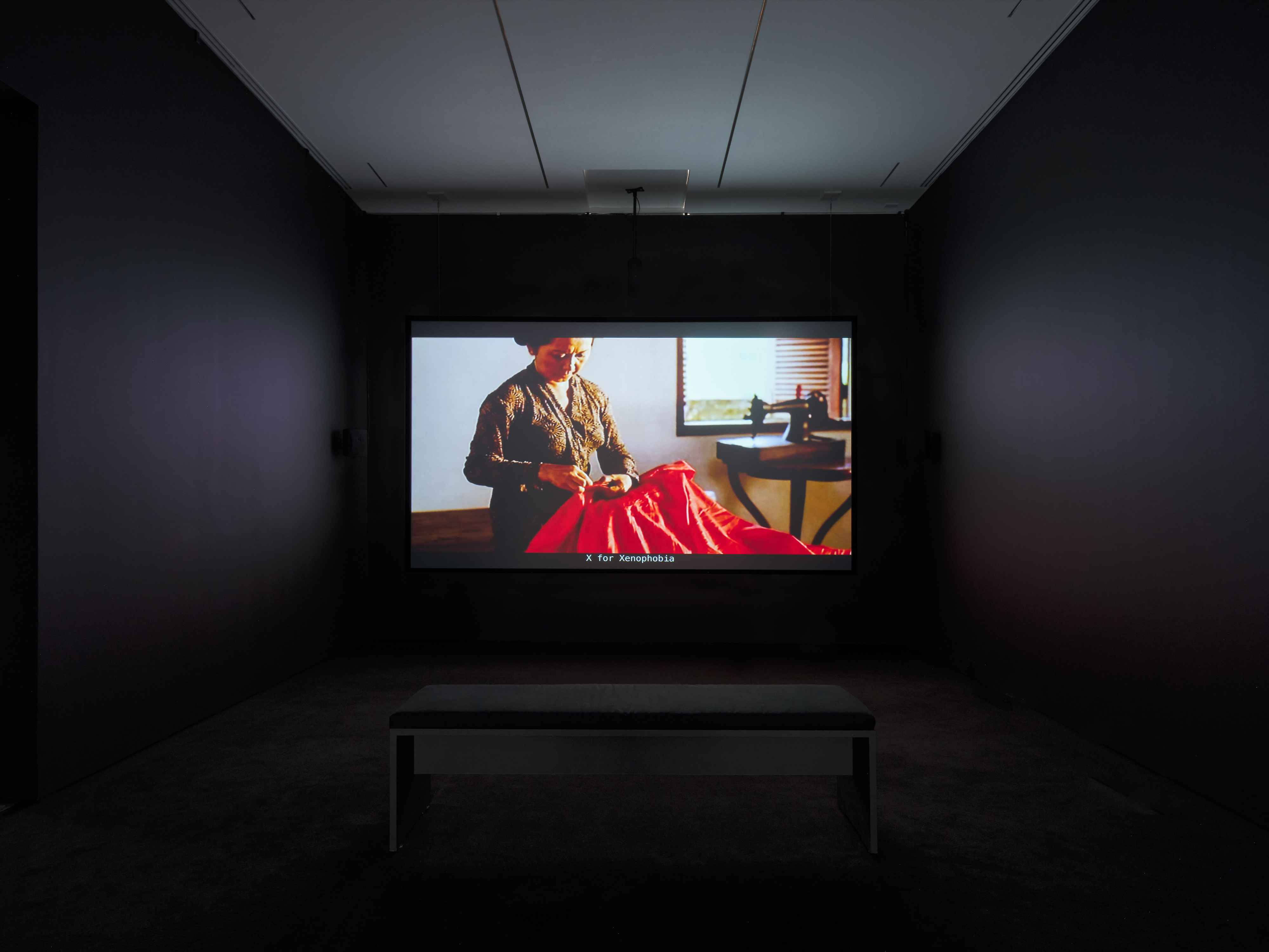
Single channel, algorithmically composed video
Infinite loop
Courtesy of the artist and Center for Curatorial Studies, Bard College.
Photo credit: Olympia Shannon, 2024.
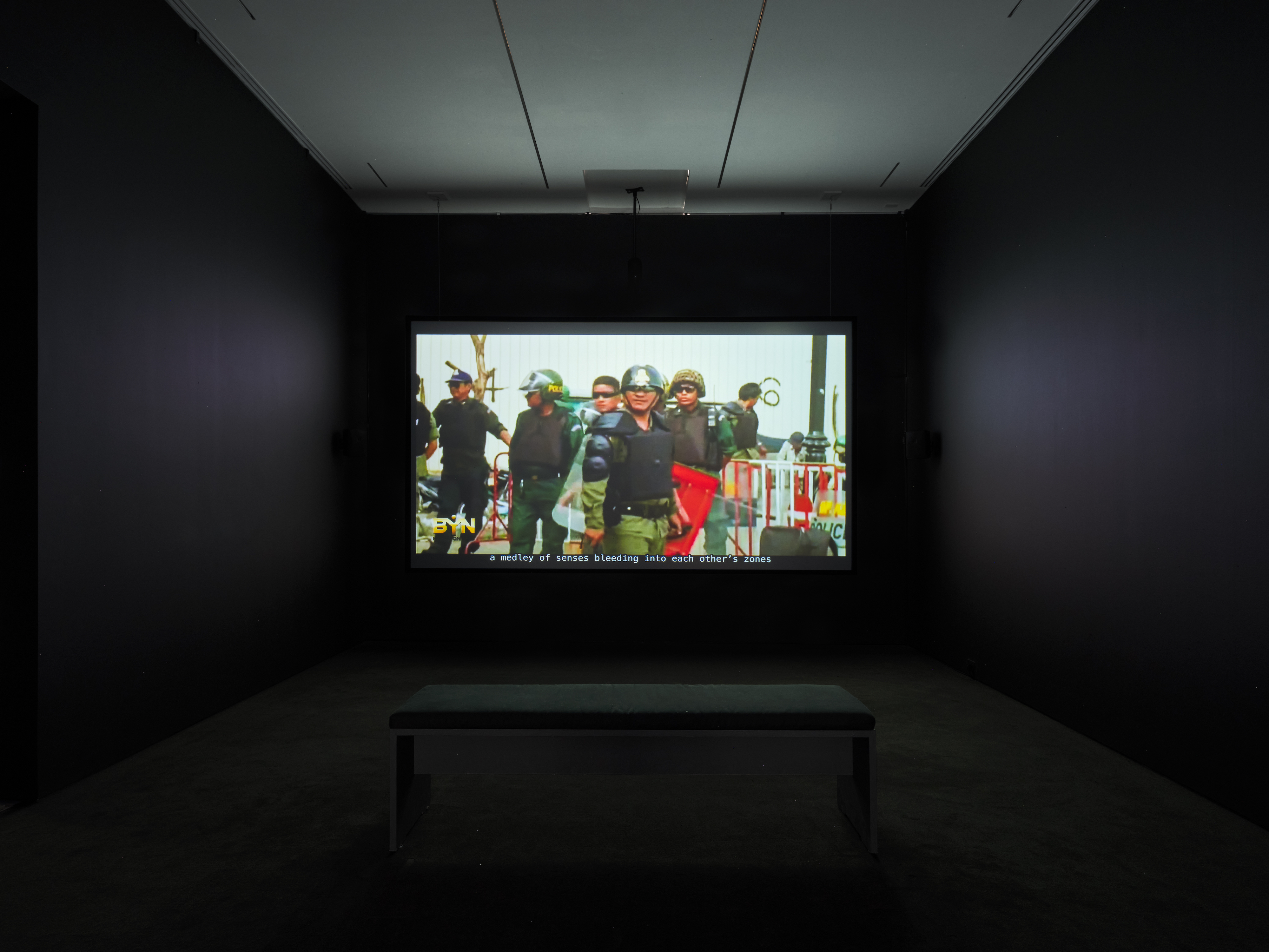
Single channel, algorithmically composed video
Infinite loop
Courtesy of the artist and Center for Curatorial Studies, Bard College.
Photo credit: Olympia Shannon, 2024.
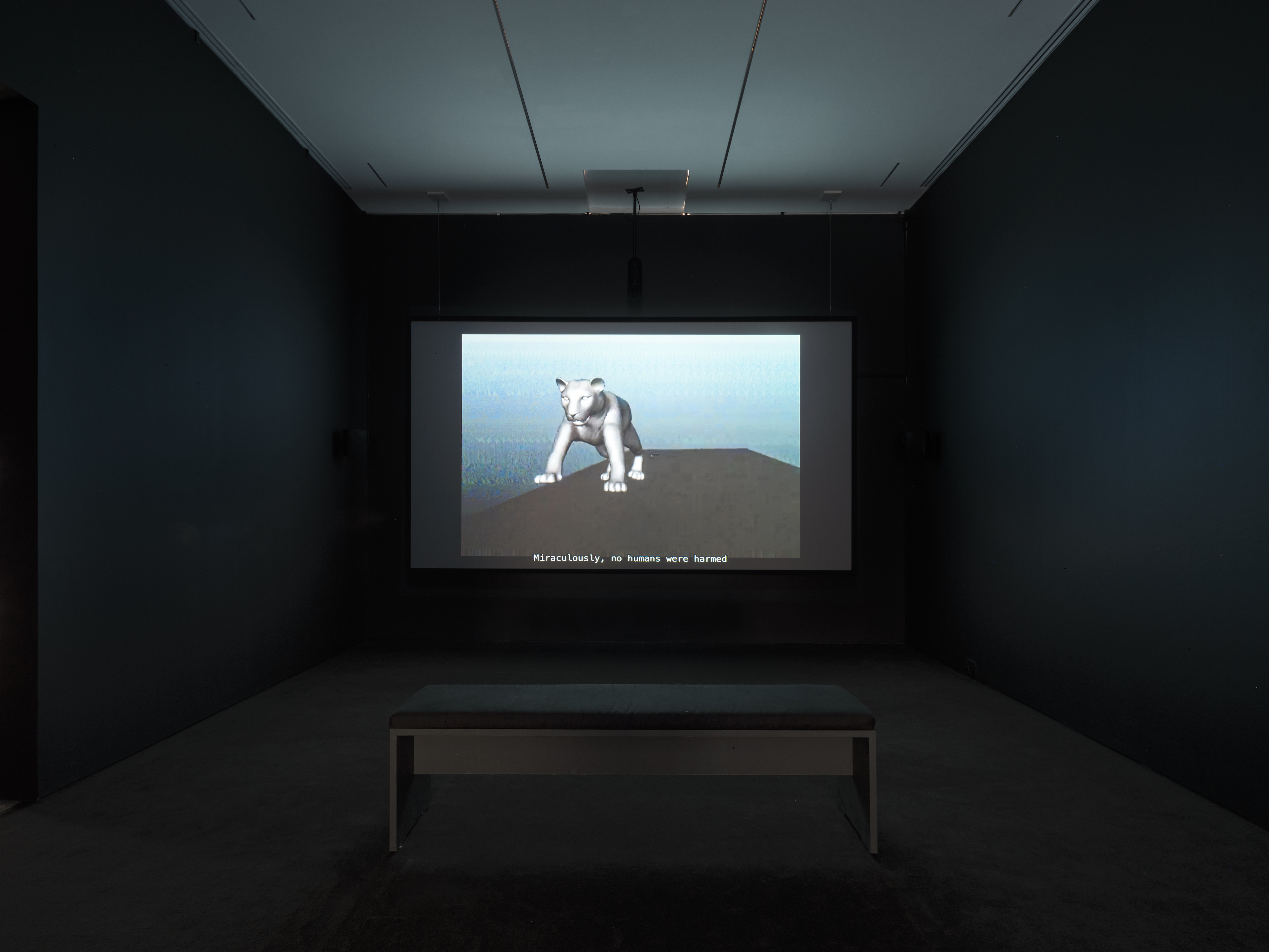
Single channel, algorithmically composed video
Infinite loop
Courtesy of the artist and Center for Curatorial Studies, Bard College.
Photo credit: Olympia Shannon, 2024.